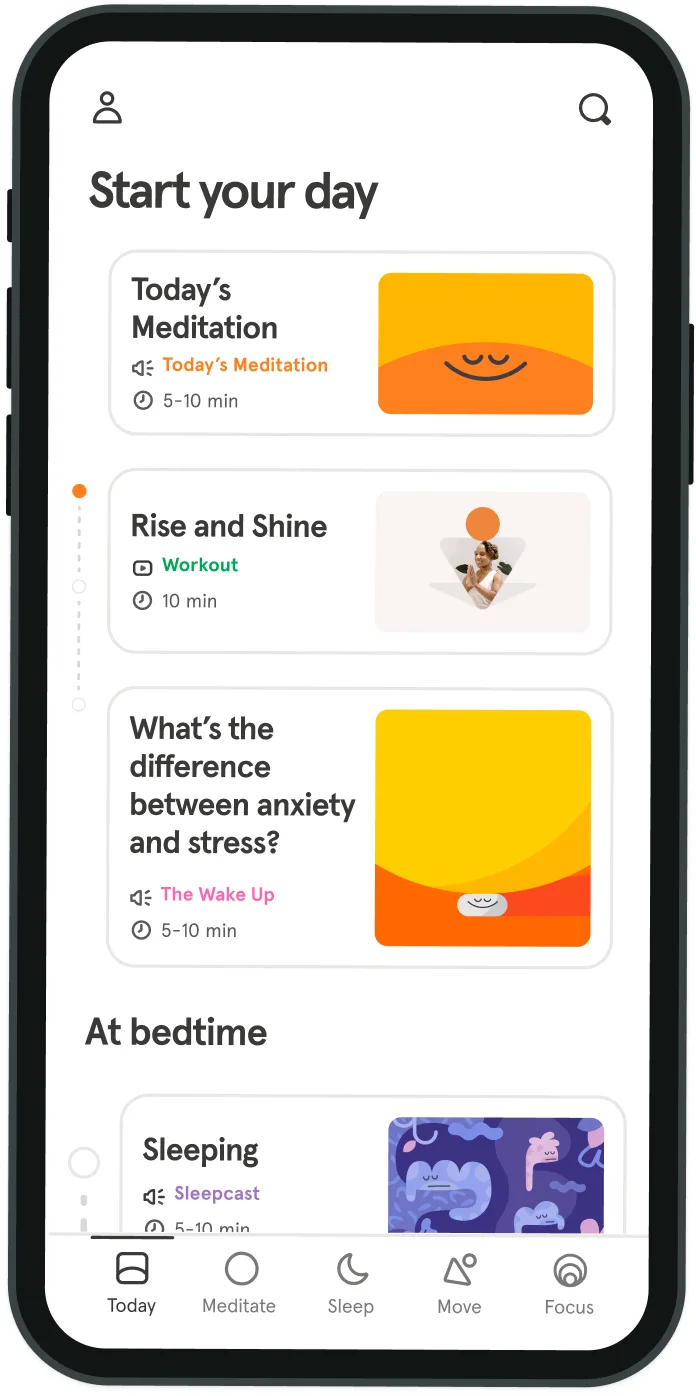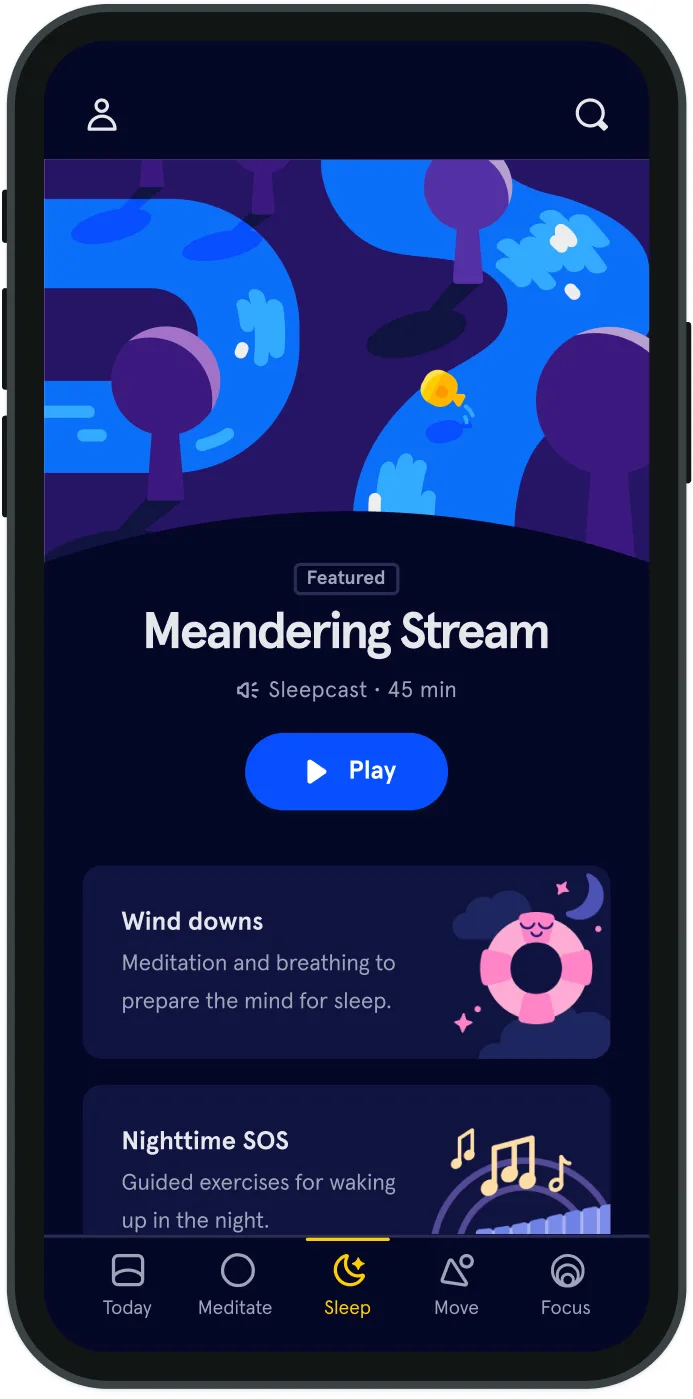When do our family interactions become toxic?
When I would return home from college during the holidays, my mom would always host a big family feast. But there was one aunt I dreaded seeing.
Inevitably, I would run into her in the kitchen. Her eyes would slide up and down my body, pronouncing that I either gained weight or lost weight. There was no “hello” or “how are you?” Our interaction always left me feeling diminished and undervalued. While family gatherings have a knack for generating awkward and uncomfortable moments, we usually can laugh off the incident. But when do those interactions cross the line and become toxic?
Dysfunctional or Functional?
Name calling, guilt-tripping, smothering, unsolicited advice, and intrusion—there are many ways that relationships and communication between family members can become less than ideal. “Depending on a range of factors, people may define unhealthy relationships differently,” says Karissa Greving of the T. Denny Sanford School of Social and Family Dynamics at Arizona State University. Some of those definitions may include:
- Unhealthy ways of interacting with each other
- How they argue with a particular family member
- How they are being treated unfairly in their relationship
Certain red flags may point toward toxic family dynamics. While everyone can experience conflict in their relationships, Greving says that relationships that err toward the unhealthy tend to have these characteristics:
- Criticism
- Contempt
- Defensiveness
- Stonewalling
Also known as the Four Horsemen—communications styles that Dr. John Gottman, renowned relationship researcher and therapist, says can predict the end of a relationship. (This is distinct from an abusive relationship, says Greving. Whether physical or emotional, abusive relationships impact your safety and well-being.)
It’s a Family Thing
While we may associate toxicity with a specific person, it’s not a personality flaw. Rather, it’s a pattern that often runs in families. “What we call toxicity is simply the way we adapt to flaws in our earliest relationships,” says Tina Gilbertson, a Denver-based psychotherapist and author of the “Guide for Parents of Estranged Adult Children”. “Many of us walk around with unmet needs that we unconsciously place on others. This lack of awareness of our own needs is what creates toxic behavior.”
Related: How to know if you're in a toxic friendship
This may also be the reason why painful interactions with family members hurt so much. After all, aren’t families supposed to a “safe” place where you are unconditionally loved? In contrast, it’s often easier to set firm boundaries in our work relationships because we don’t share the same rich history or emotional bonds like we do with family members. “Perhaps people are more likely to monitor their responses or consider co-workers’ perspective more effectively,” says Greving.
The Toxic Antidote
While there isn’t a magic bullet to cure unhealthy family dynamics, there are some important ways to navigate these relationships, starting with setting boundaries. 1. Start with determining the level of closeness and accessibility you want with family members. How much time do you want to spend them? How much information do you want to share? How often do you want to see them? Are they a holiday-only family member? “The person needs to ask what’s healthy for them in terms of how close they want to be with that family member,” says Greving. “If it is defined as an unhealthy relationship, then maybe the person needs to establish more limits to that relationship.”
2. While we may associate unhealthy dynamics with specific members of the family, try not to blame the individual. “The [toxic family] patterns are too strong and go too far back in history for anyone alive to take the blame for originating or even choosing them,” says Gilbertson. Instead, Gilbertson recommends treating “toxic” people as you expect them to behave and they’re more likely to act that way. “Ask for what you want. Set boundaries, and defend them calmly but firmly,” she says. “You don’t have to respond to undid or inappropriate behavior at the same level, nor should you expect others to respect your boundaries without testing them first.” 3. Gilbertson also says that modeling behavior is a key tool. “If you want respect, be respectful. If you want compassion, show compassion. If you want to be understood, first try to understand the other person. This will give you an appreciation of what you’re asking,” she says. Plus, Greving says if you’re able to identify a pattern of unhealthy interactions and a way to interrupt those dynamics, there’s a potential for change. Better yet, if both parties identify the negative pattern and on-board to change it, they can work together to do something differently.
4. Most importantly, take responsibility. “It’s too easy to label someone toxic without examining our own part in interactions with them,” Gilbertson says. “Use the opportunity to look in the mirror.” For example, ask yourself if you’re allowing yourself to be manipulated or if you give endlessly because of your need to be liked? What role do you play during those tense dinner table conversations? While family ties are the ties that bind, it doesn’t mean that we have to be stuck in a toxic relationship with family members. The better we are able to identify dysfunctional interactions, the better we can plan for and respond to them in a healthy way.
Toxicity isn't a personality flaw. Rather, it’s a pattern that often runs in families.
Christine Yu


Be kind to your mind
- Access the full library of 500+ meditations on everything from stress, to resilience, to compassion
- Put your mind to bed with sleep sounds, music, and wind-down exercises
- Make mindfulness a part of your daily routine with tension-releasing workouts, relaxing yoga, Focus music playlists, and more
Meditation and mindfulness for any mind, any mood, any goal

Stay in the loop
Be the first to get updates on our latest content, special offers, and new features.
By signing up, you’re agreeing to receive marketing emails from Headspace. You can unsubscribe at any time. For more details, check out our Privacy Policy.
- © 2025 Headspace Inc.
- Terms & conditions
- Privacy policy
- Consumer Health Data
- Your privacy choices
- CA Privacy Notice
